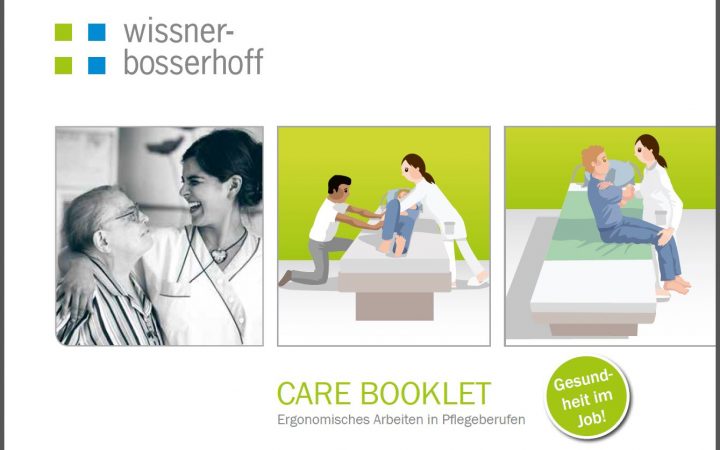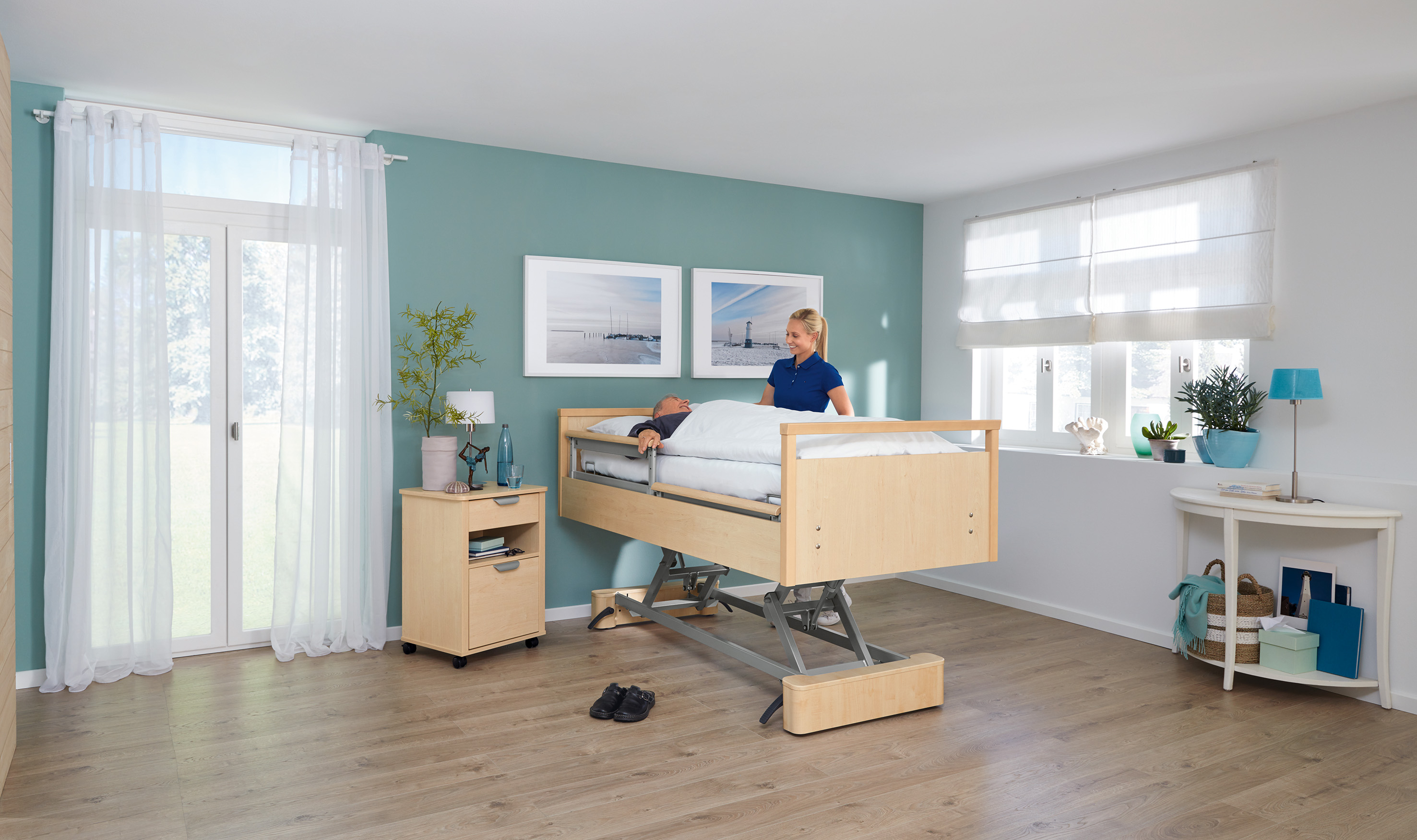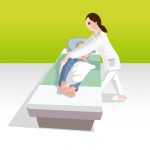Working in the health service is physically very strenuous and dangerous. It can happen that a nursing staff has to lift up to 1.8 tons in one shift. In the USA alone, 35,000 nursing staffs suffer injuries to the musculoskeletal system every year due to excessive strain.
Many nursing activities have a common problem: They are carried out in a posture being bent over forward – this unfavorable angle places excessive physical strain on nursing staffs and often leads to back pain and other complaints. When the bent position is the normal case and ever larger loads are to be moved. Notably for activities during basic care, nursing staff often have to lean forward, for example to be able to wash patients’ legs or feet.
High weights are often moved and the body reacts to unfavorable working angles in the medium and long term with symptoms and injuries – a consequence of excessive and one-sided loads during lifting and repositioning. However, the ergonomic optimization of important work steps and the use of aids can at least reduce the stress on the nursing staff’s side and make it more tolerable.
It is important to always consider some basic principles that can reduce the strain on the body to a minimum:
• Use as many tools as possible, such as a heightadjustable bed or a sliding mat.
• Ensure sufficient (movement) space
• Let the patient or resident help you as much as possible without straining them too much
• Push the patient gently over the mattress instead of lifting him/her
• Always set the bed to a comfortable working height for you
• If necessary, ask a colleague for help
• Keep your back straight
• Always lift from your legs
• Use your body weight when shifting a patient
• Find a stable posture (e.g. by legs standing sideways or offset)
• Make movements by shifting your body weight in the same direction
• Work as much as possible with your arms outstretched
• Hold your palms down to minimize strain on your arms and back
• Avoid back pain by using a firm and stable stance
Together with a physiotherapist, who also offers appropriate training for our customers, we have developed a handbook with tips and instructions for the ergonomic performance of daily care operations. Over the next few weeks, we will regularly publish instructions on the most important care handling techniques from this book.



